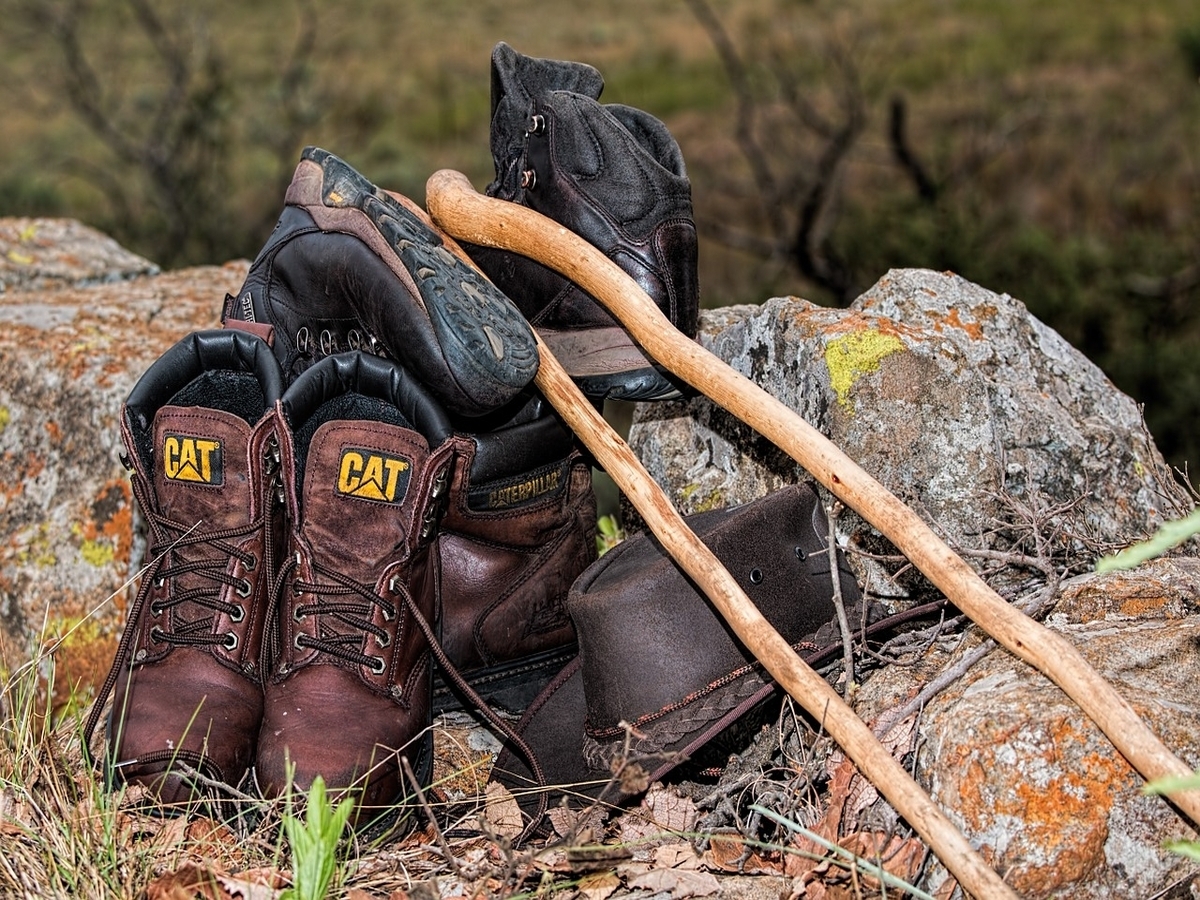How to lace up hiking shoes

In addition to choosing the most suitable footwear for mountain sports, you also need to know the correct technique for achieving a good fit by lacing. This will help you avoid discomfort and foot injuries. Here we explain how to lace up your hiking shoes in the right way.
Benefits of correct lacing of hiking shoes
First of all, you need to know what are the main benefits of tying your hiking shoes in the right way:
- Proper tying allows the breathability of the foot is adequate The amount of energy needed for an ascent or descent will depend on the intensity of the activity.
- Correctly laced shoes can be used to achieve a better adhesion. In this way, it is possible to achieve greater control over the terrain being traversed.
- Another important factor that is achieved with good tying is to achieve a proper weight balance being transported.
How to lace up hiking shoes
Before knowing the procedure for a good lacing, it must be considered that the adjustment of the mountain shoes by means of the laces and their lacing must be done in a different way in the two areas of the shoe. In this way it is possible to obtain more support or more freedom of movement.
These two areas of footwear are:
- The upper part or canewhich supports and protects the ankle from sprains and impacts with stones.
- The instep or bridgewhich protects the instep of the foot and prevents the foot from becoming loose inside the shoe.
Below we list the steps to properly lace up your hiking shoes:
- The first thing to do is to begin with the tightening of the lanyard from the bottom up.
- When the same intensity has been obtained for the whole of the instep, the tightening should begin on the first blocking buckle.
- From this point on, the difference will be whether you tighten the cane part or leave it a little slack. This will depend on whether the section is uphill or downhill.
- In the case of a promotion the lace should be passed through with little tension, and at the end the knot is tied. In this way, the tongue of the shoe is left free and the whole area of the foot will be more breathable. It must be taken into account that the effort on the way up will always be greater than on the way down.
- In the case of relegation The foot must be firmly pressed into place. For this reason, it must be tightened firmly from the locking area.
- If the buckle is not a locking buckle, the trick is to run the laces through the buckle from top to bottom. In this way, it is possible to obtain a difference in tension between the bottom and the top of the shoe.
Tips for a proper fit of mountain footwear
- Attention should be paid to ensure that the the ears of the lacing should not be too long. For this purpose, they can be passed in front of the cords in order to prevent them from getting caught on branches and causing falls.
- A very common mistake is to pull the laces behind the heel. This can only cause injury to the Achilles tendon.
- If you feel some pain and pressure in any area of your feet, it is usually the sign of the blister formation. Therefore, the tying should be stopped and readjusted, but the area should also be treated with adhesive bandages or adhesive strips.
- A good idea is to wear an extra pair of socks under your usual socks. These can be cotton socks, however, they absorb sweat very well and will quickly become saturated, so another option is nylon socks. However, this should be done bearing in mind that the footwear may be tighter and leave less room for foot movement.
- It is recommended to always finish the lacing of the mountain shoes with a double knotThis is the way to make sure they won't come untied while walking. Leaving laces loose is a potential cause of falls.
Conclusions
Knowing the correct way to tie your hiking shoes is one of the best safety measures, as it prevents the appearance of blisters and other foot injuries.
In addition, the fact of not wearing shoes tied in the most convenient way is a potential cause of accidents caused by possible trips and falls while practising mountain activities.
You may also be interested in the following articles:
- How to choose the size of your hiking shoes
- How to choose your hiking shoes
- Prevention of blisters in outdoor activities
SOURCES: Safety & Rescue / Made in Mountain
Don't miss any adventure in the Pyrenees!
